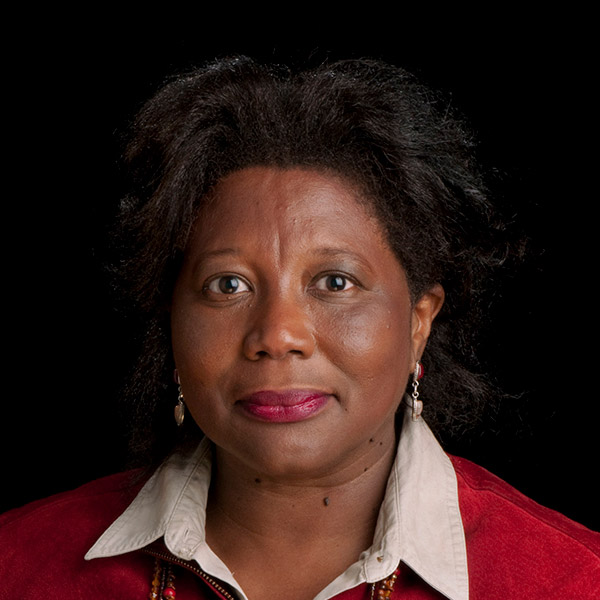Adwoa Boateng

Read her perspective on a few critical thinking questions….
1. How Do You Teach Applied Critical Thinking?
Critical thinking is a process that I thoroughly enjoy facilitating in my Wallace Library position as the Science Librarian for RIT’s College of Science (COS) and College of Health Sciences and Technology (CHST). The first round of questions I bombard students with are What?, Why?, Where?, How? , What If? , Have you thought of this? and Have you heard about GoogleScholar? These questions invariably generate puzzled looks.
2. Why Do You Think Applied Critical Thinking is Important in Your Domain?
Critical thinking is the core of the Wallace library’s information literacy classes. Librarians guide students’ thinking processes as they seek information for their course assignments or for their thesis/dissertation research proposals. Critical thinking and information literacy are combined cognitive skill developing strategies. Information Literacy as defined by The Association of College and Research Libraries, is designed to create lifelong learners who will understand when, where and how to use information effectively which requires critical thinking (Information literacy, 2017) . Critical thinking is defined as a strategy used to check and to test for solutions (Critical thinking, 2009). The Wallace library has a substantial number of databases, journals , books and information guides on the subject of critical thinking. In addition the Wallace library provides LIV@RIT tutorials and Academic Integrity and Citation guides which provide recommendations on evaluating and citing information.
3. Can You Share a Story Where Quality Applied Critical Thinking Was Key to Your Success?
The best part of my job is to encourage overwhelmed students to think first and click second. Google has lulled students into thinking that all they have to do is press a button and instantly obtain answers without thinking. What I am observing is the information overload effect from both commercial published literature and noncommercial literature (Grey literature) which drives frustrated students to the Wallace library for help. Not only do I teach students on where and how to retrieve information but also how to analyze published scholarly information. I introduce students to the Retraction Watch website as an example of how researchers still monitor peer reviewed scholarly journal articles, which can be retracted after being published due to false data, data errors, unprofessional research team conduct and plagiarism.
4. How Do You Use Critical Thinking in Other Areas of Your Life Outside of Rit? And Any Last Critical Thoughts?
I teach students to treat information as a tool as well as a resource for their current and future needs. My success stories evolve around students enrolled in COS/CHST courses which support critical thinking activities e.g. the NSF Research Experiences for Undergraduates (REU), Imaging Science Innovative Freshmen Experience, writing classes and the graduate students’ research proposal sessions. My mentor/instructor role with students involves interesting critical thinking conversations about research and careers. I am still in touch with RIT alumni who are professionals pursuing entrepreneur careers. My everyday success stories at the Wallace Library is when I observe students change their mindset about their course assignments from being just tasks to acquired skills they will continue to apply after they graduate from RIT.
Critical thinking. (2009). In The Penguin Dictionary of Psychology: Penguin.
Information literacy. (2017). In Topic Pages: Credo Reference Publisher Contributors.